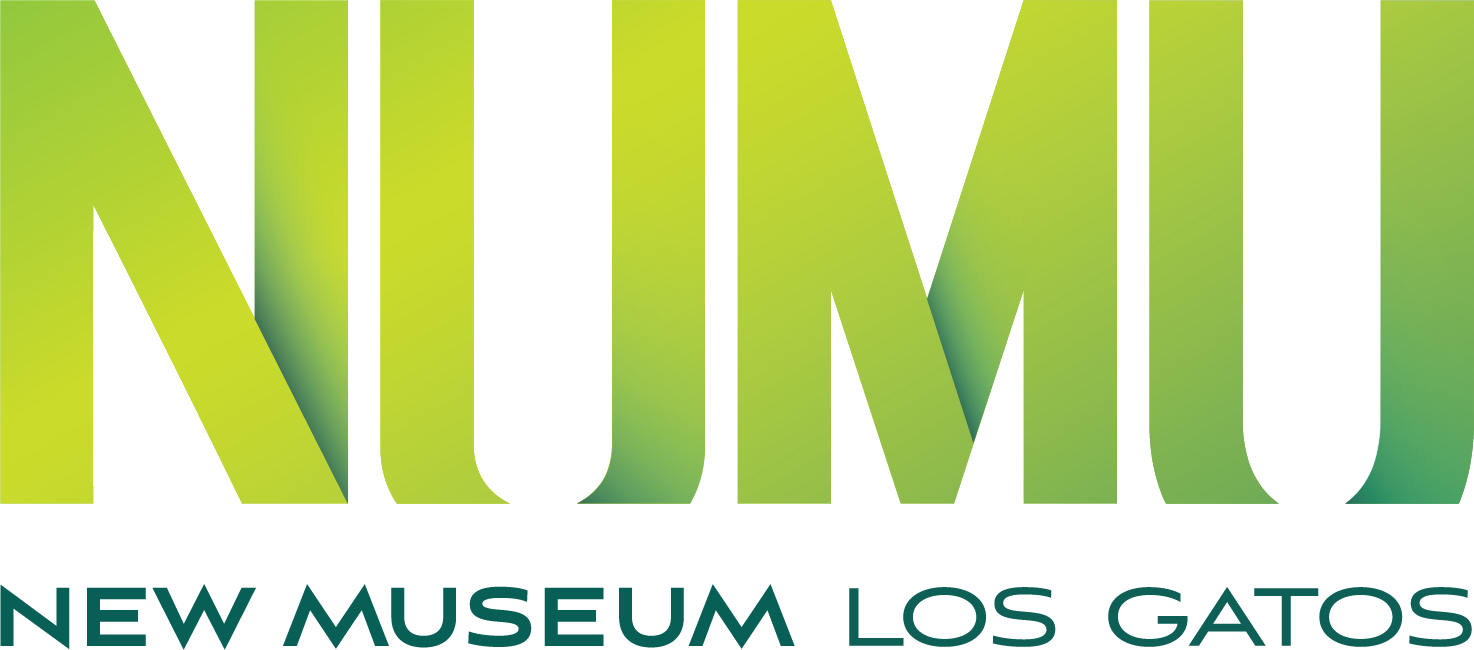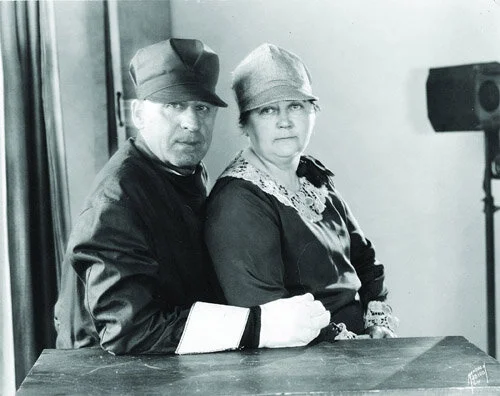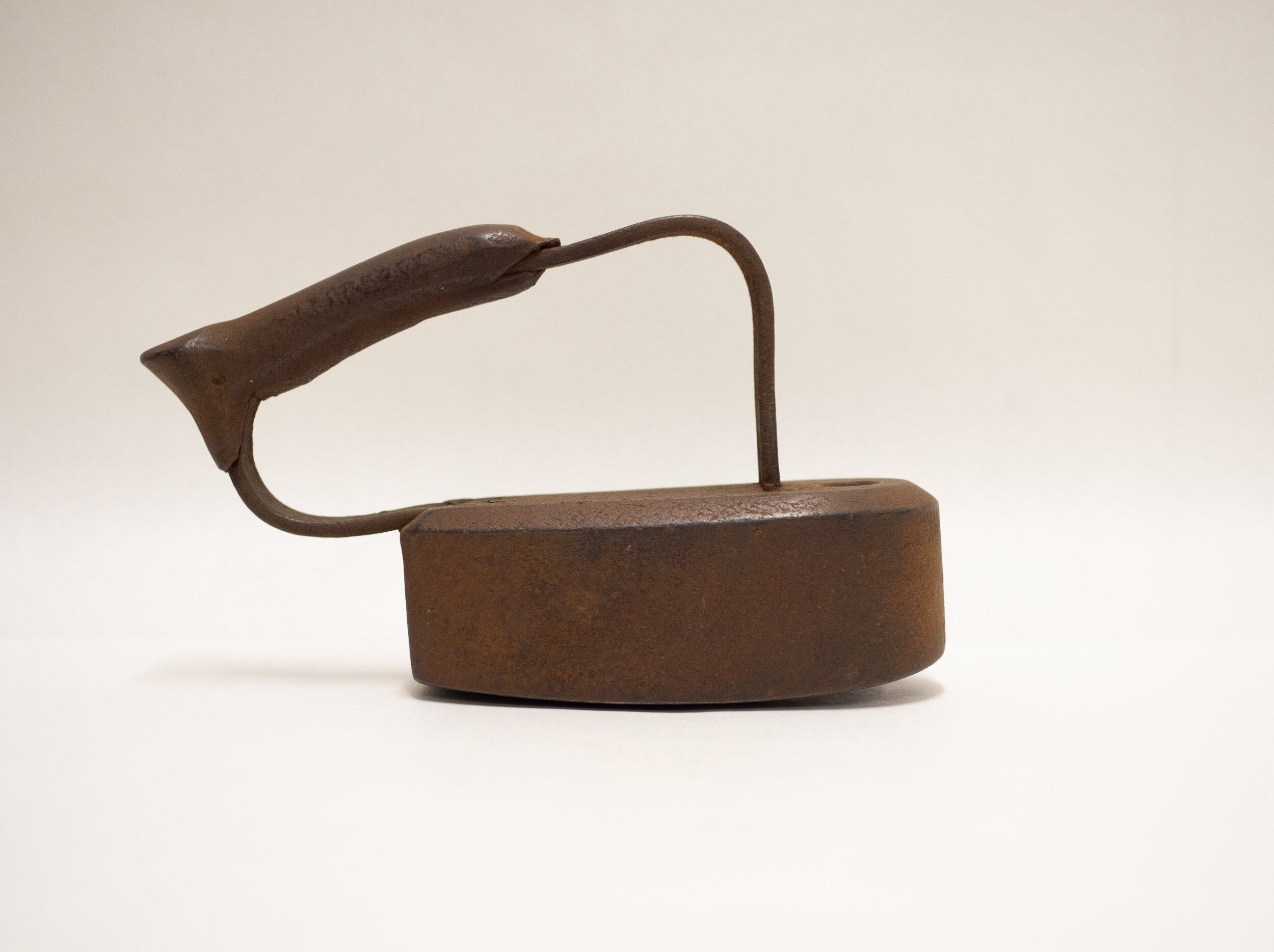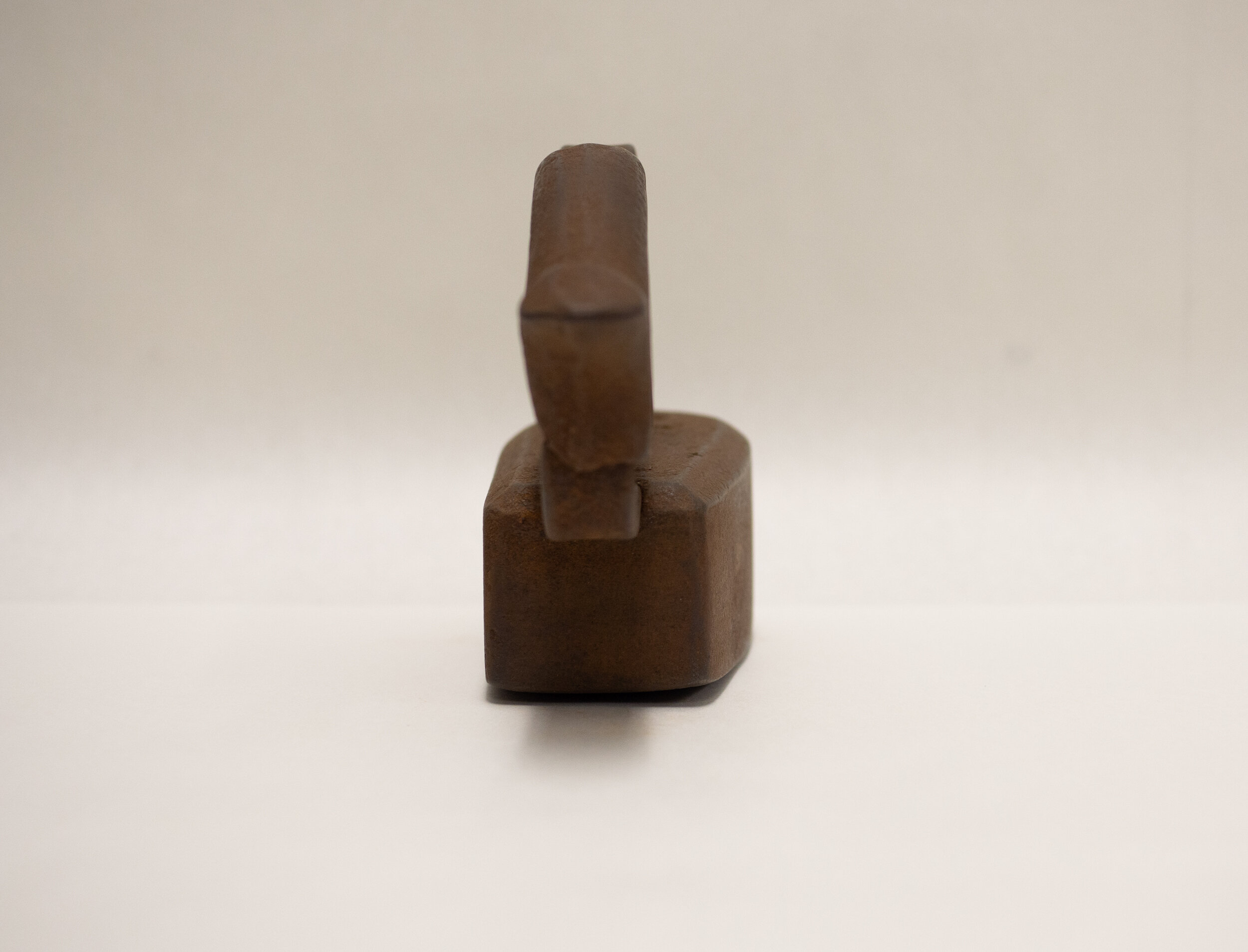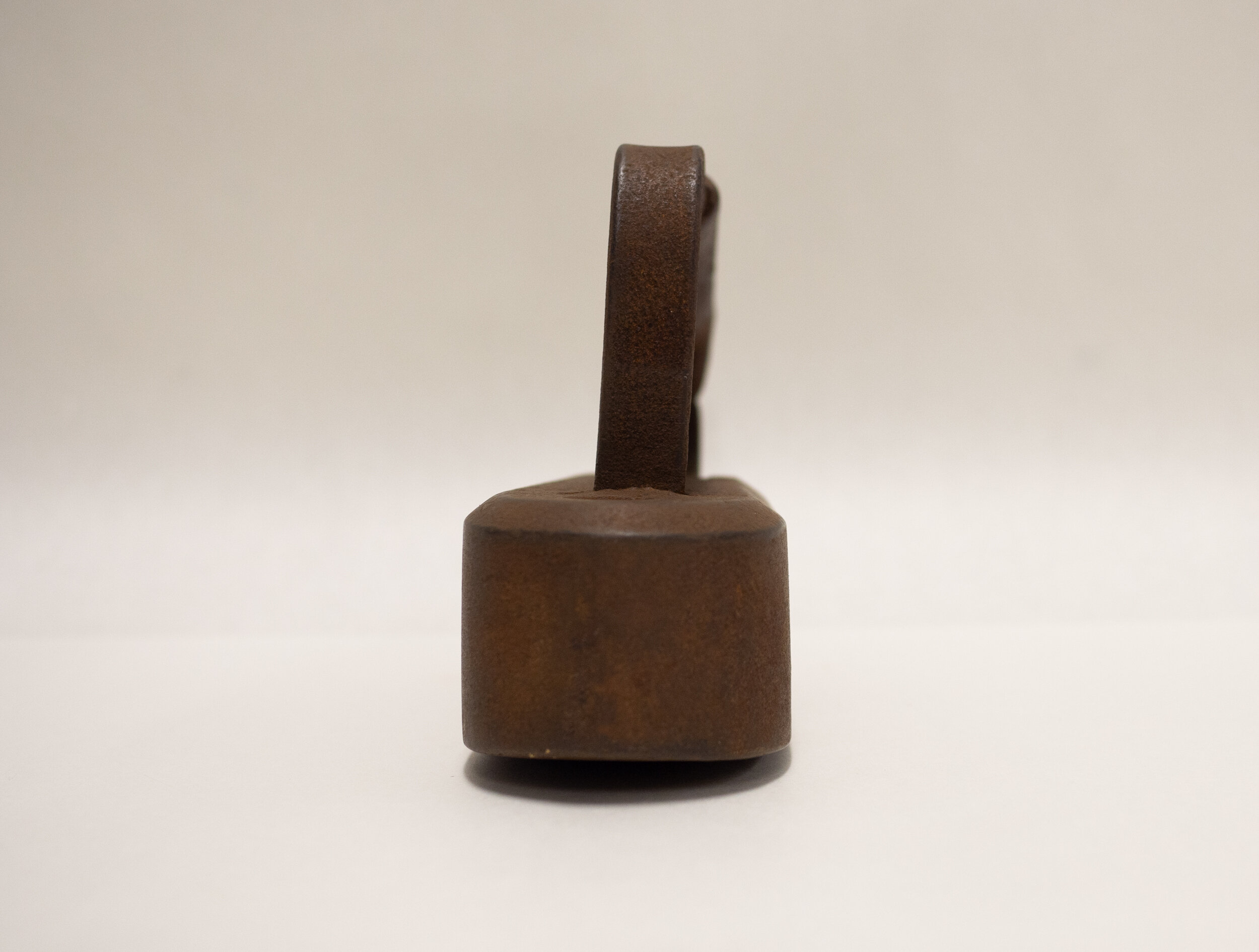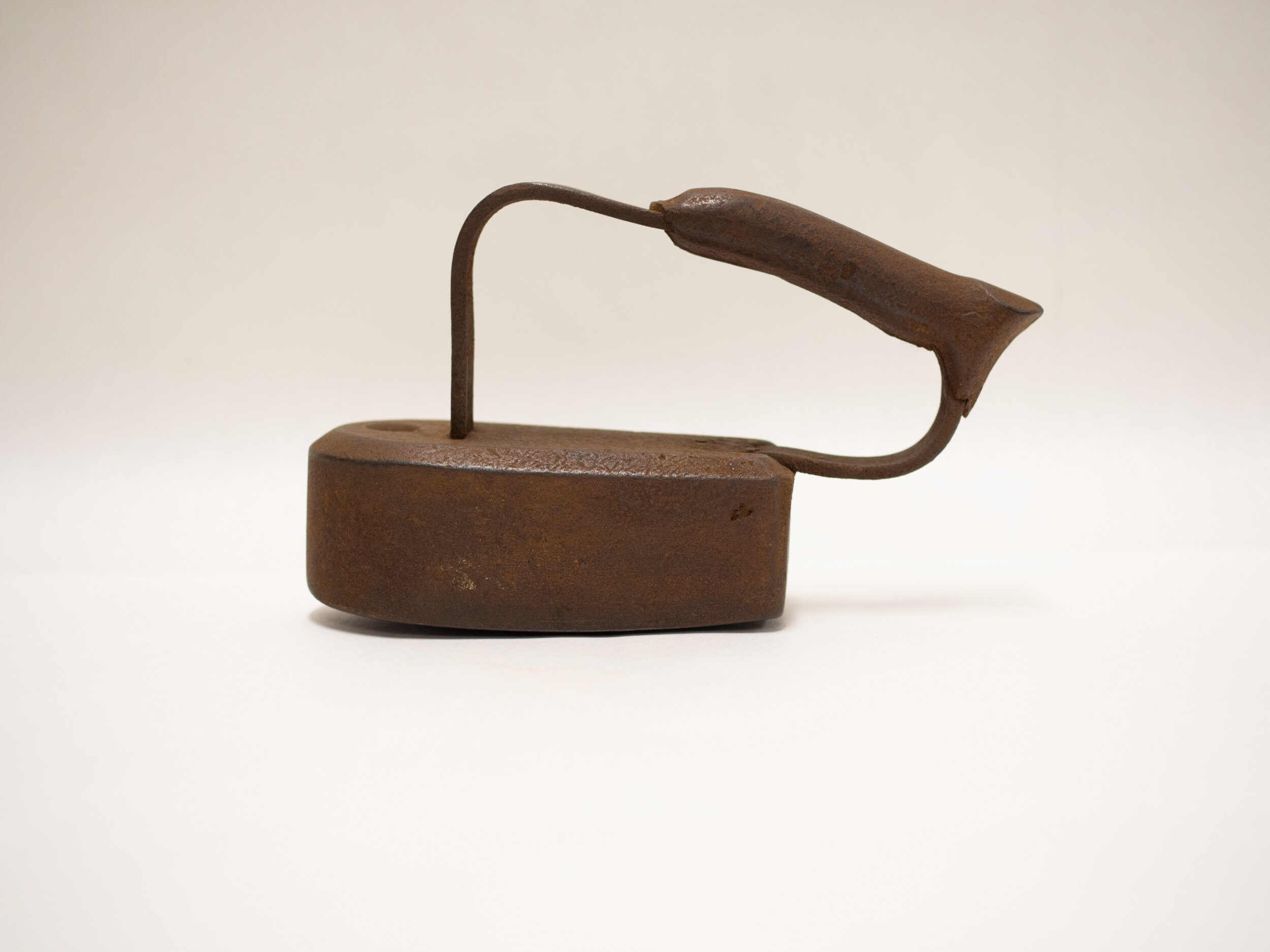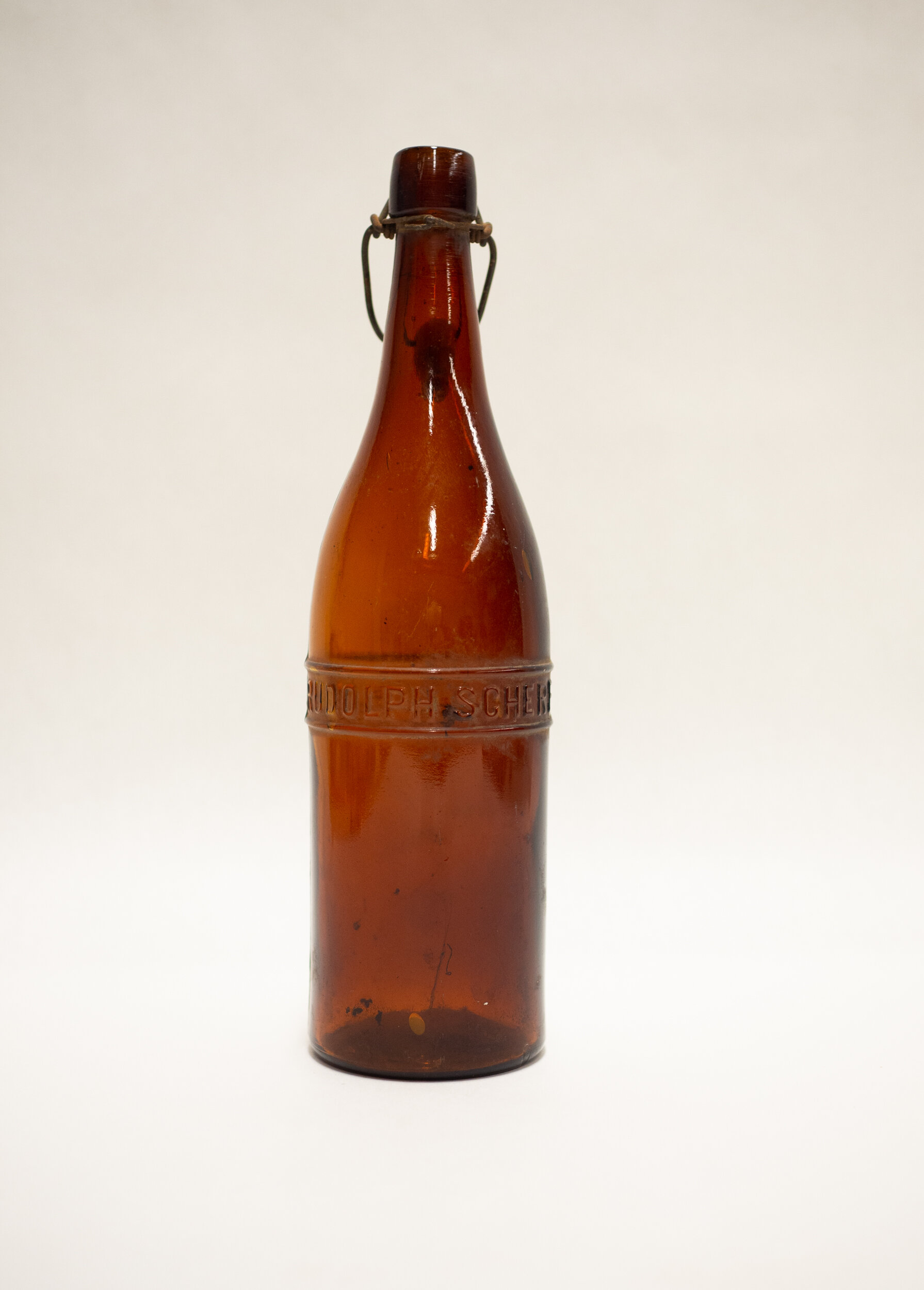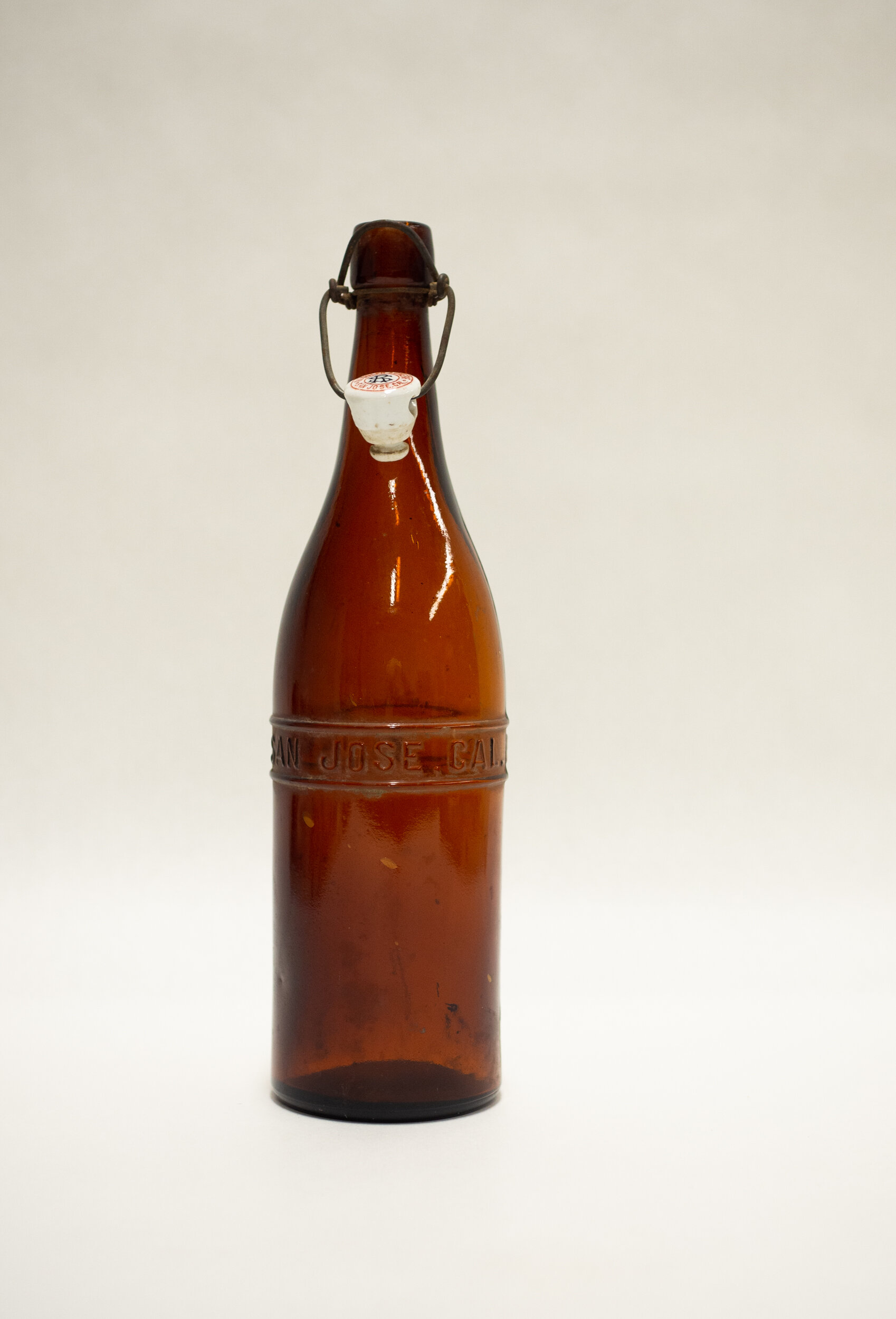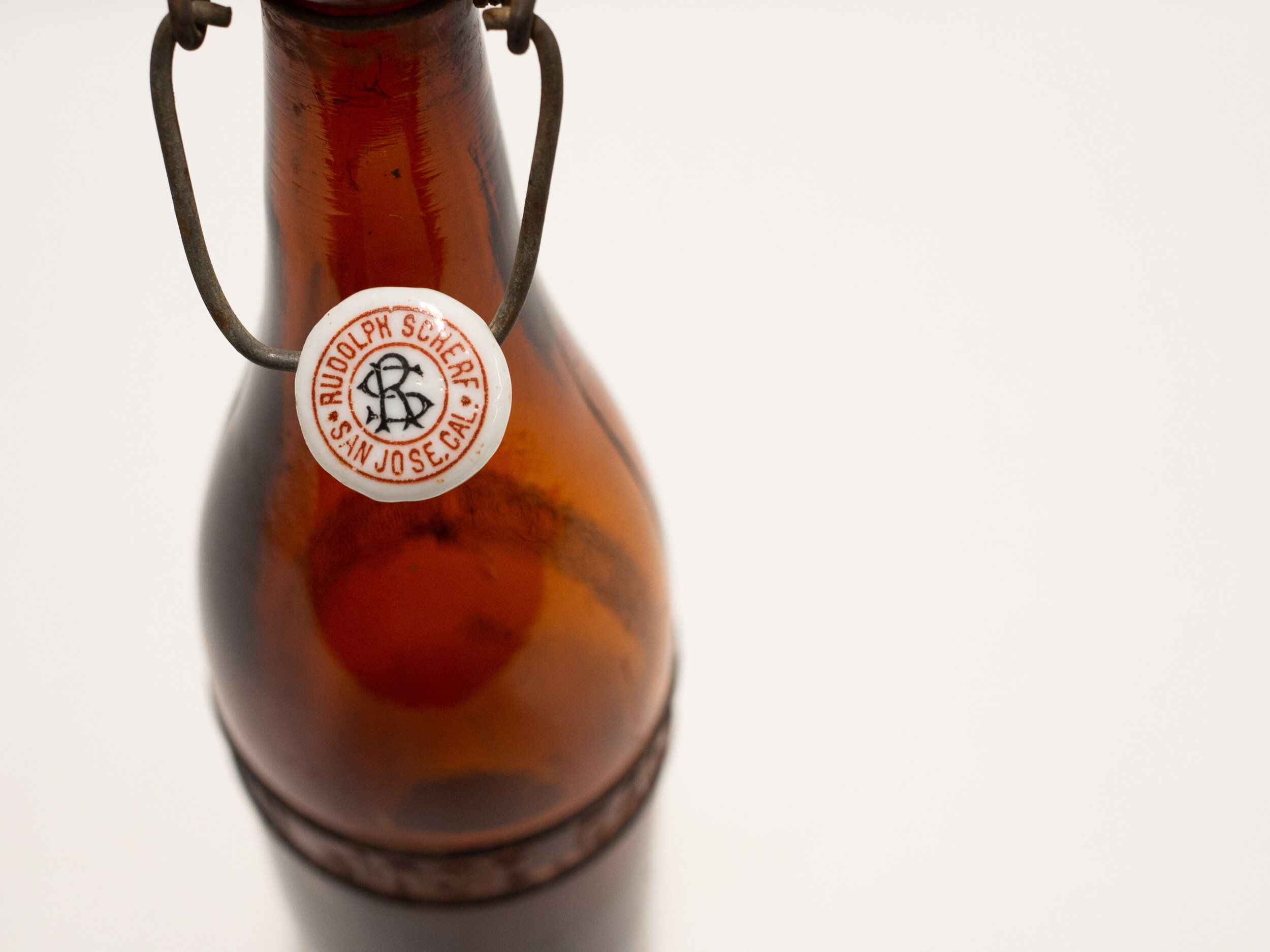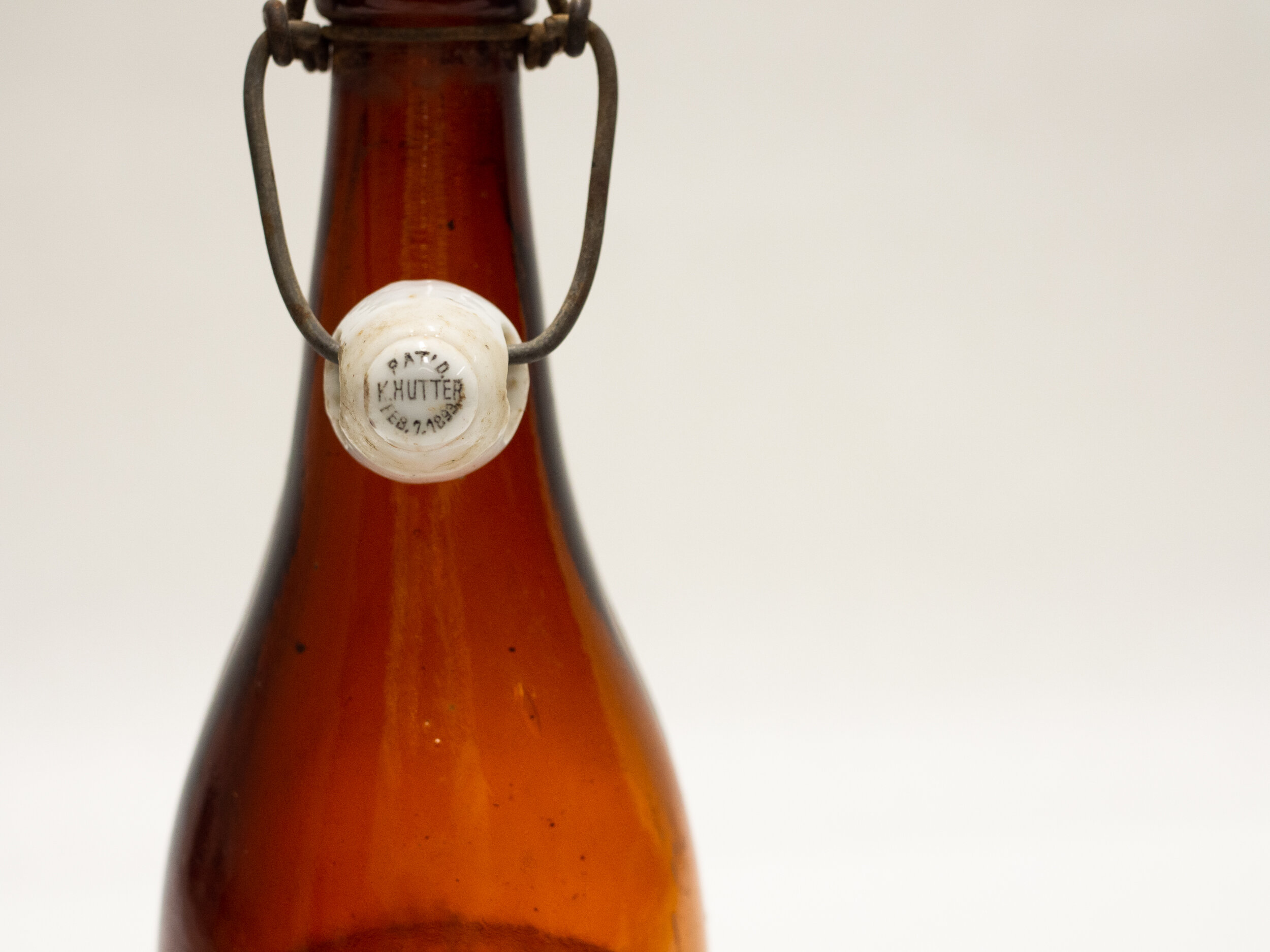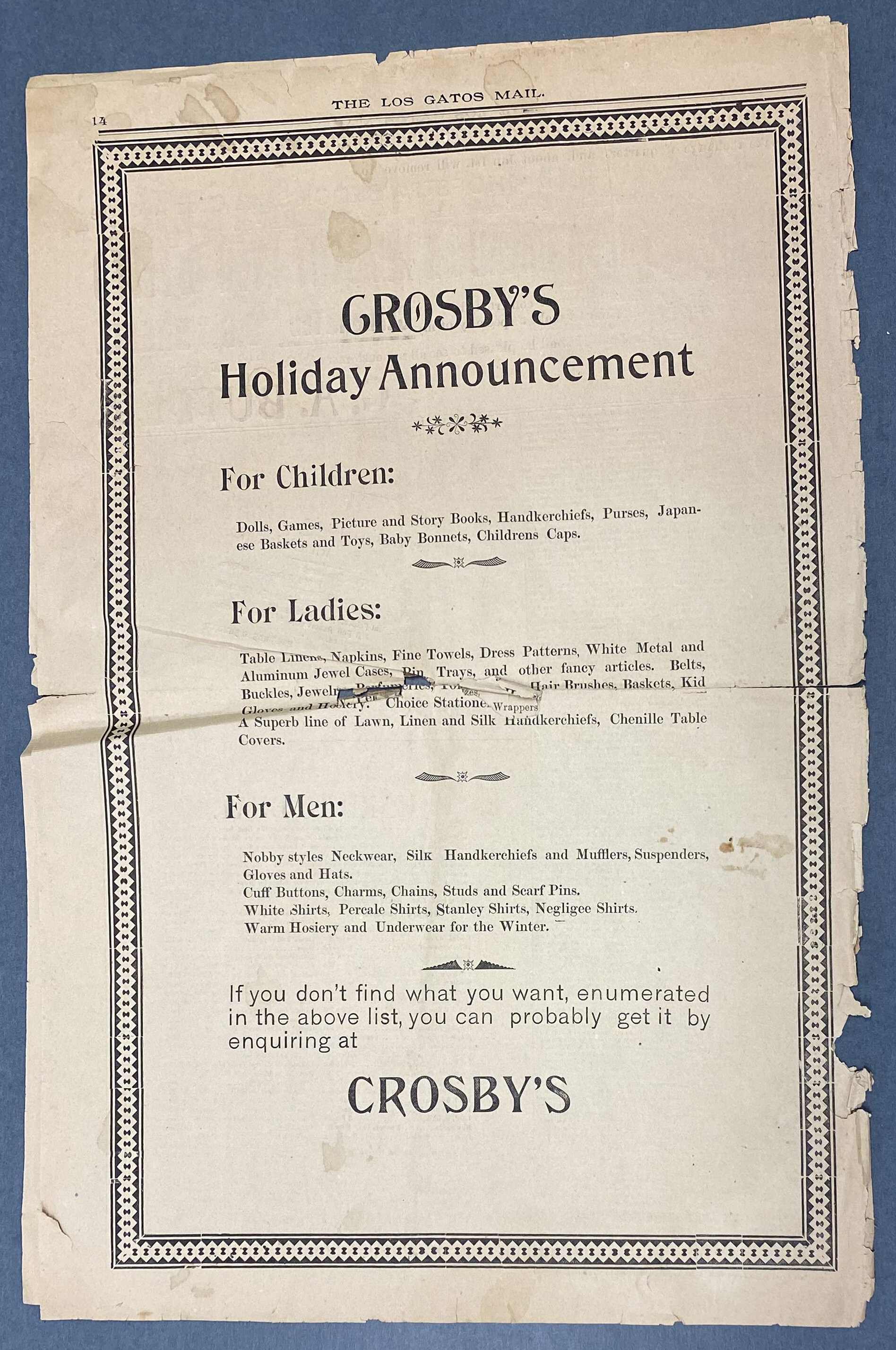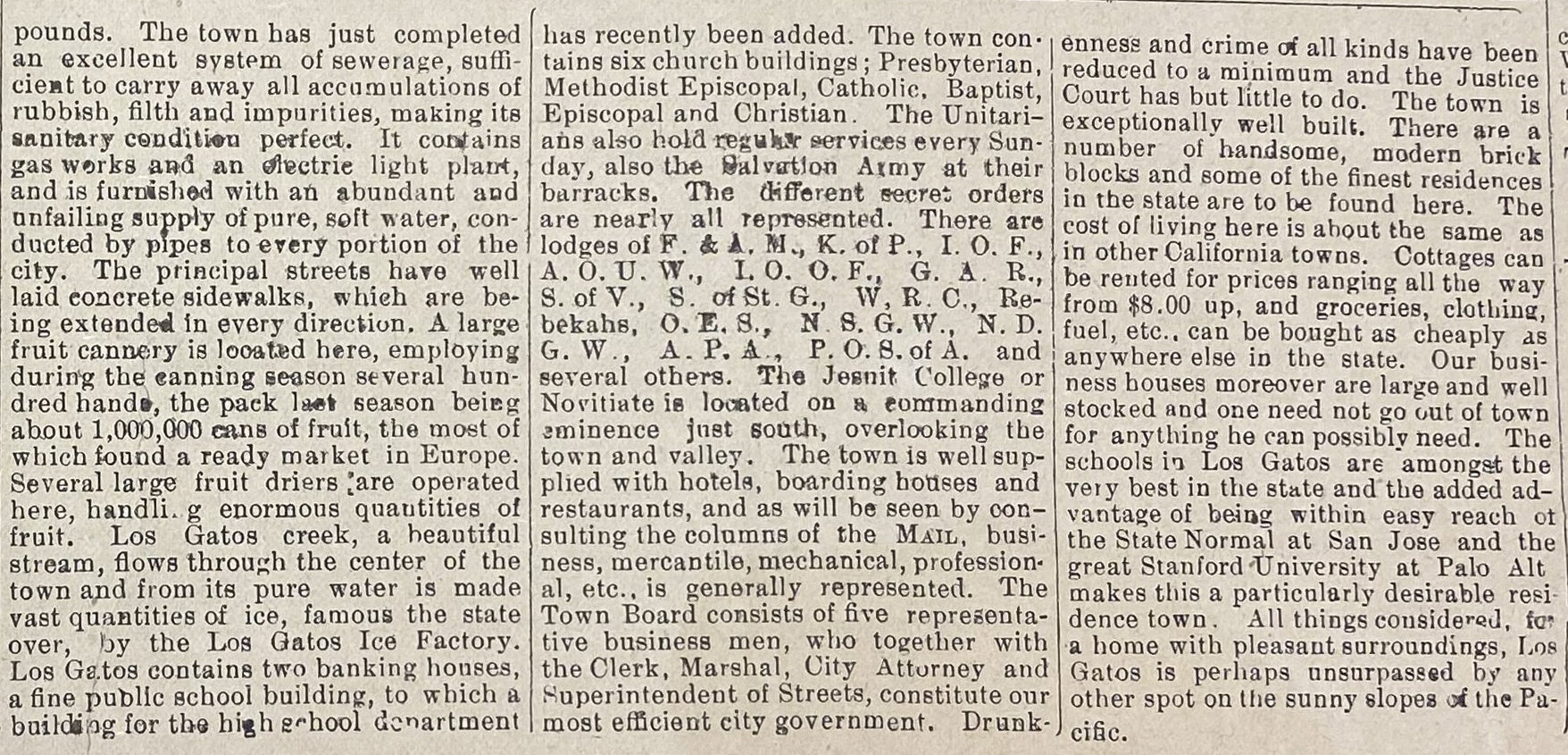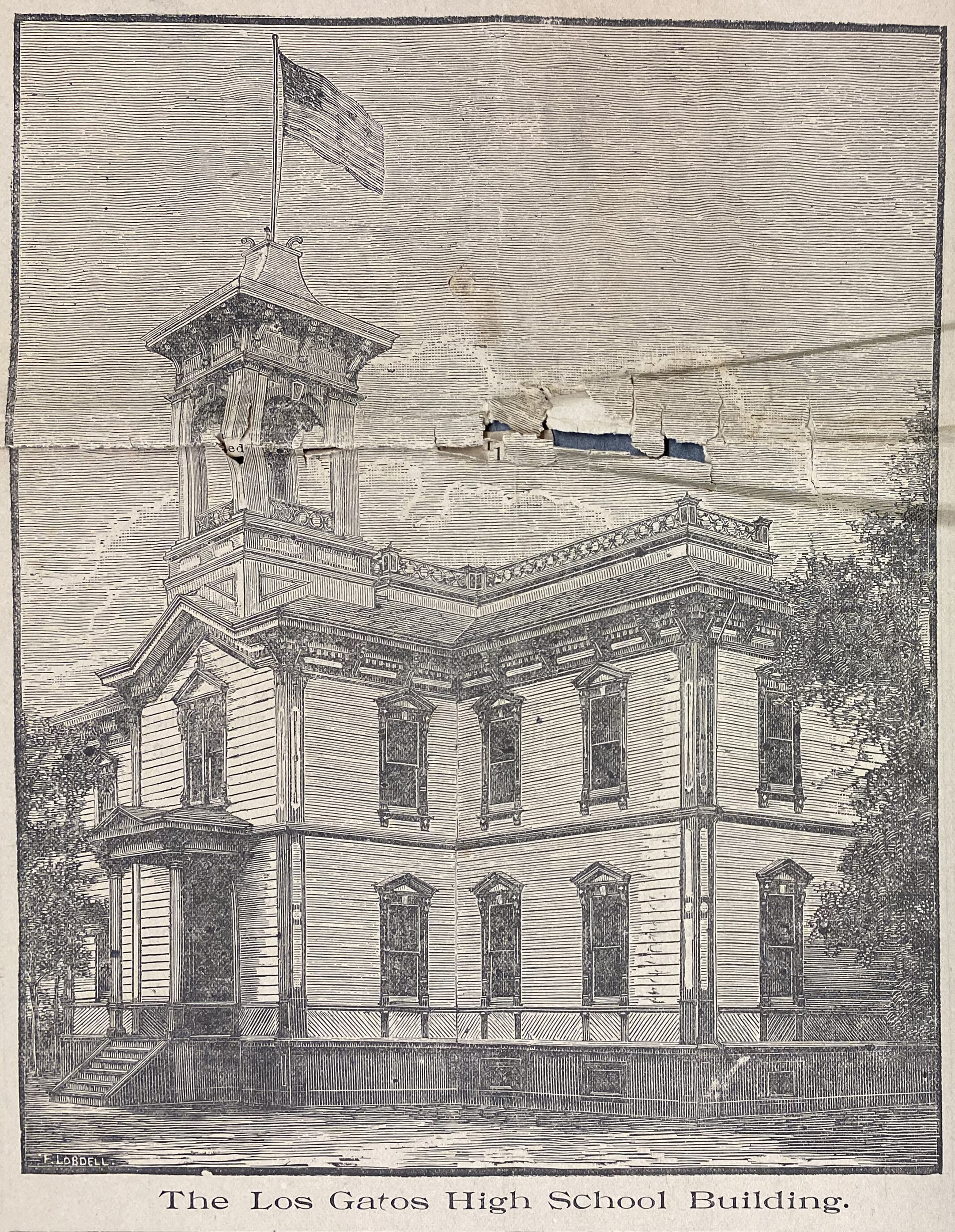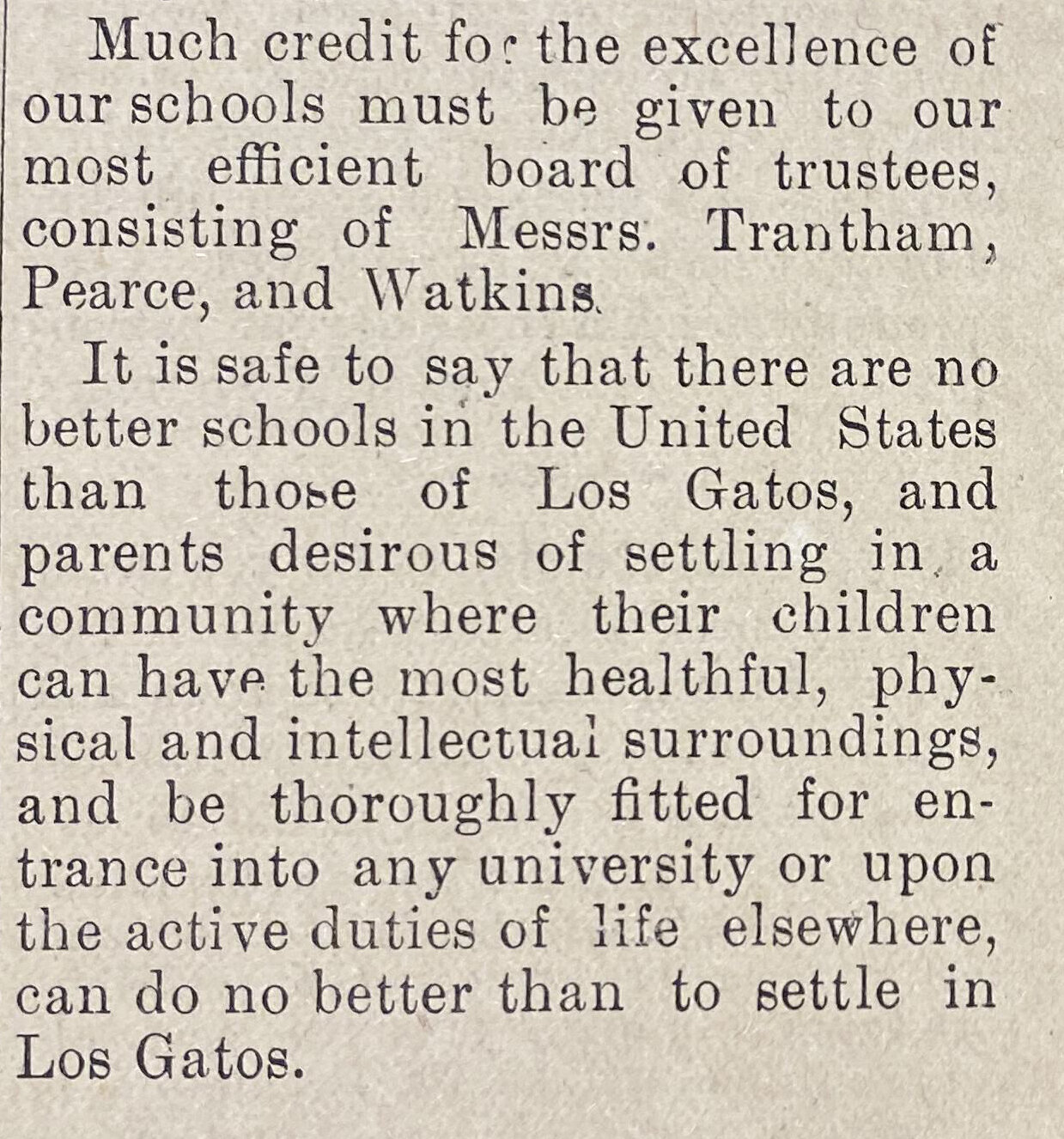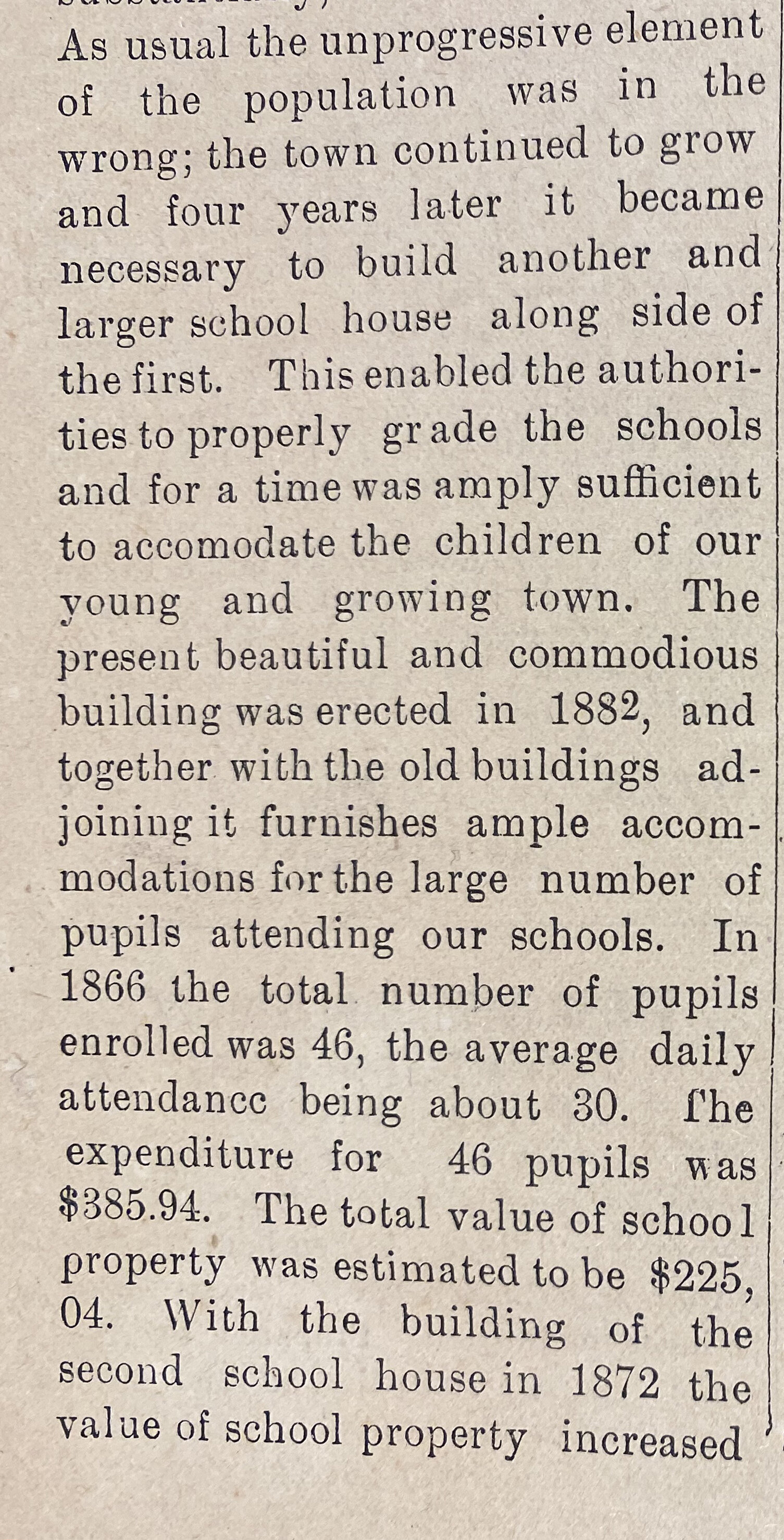Today is National Eat What You Want Day, and while many of us might celebrate by indulging in a treat, this object from the museum’s collection reminds us that such indulgence wasn’t always possible. This War Ration Book No. 3 was issued during World War II by the Office of Price Administration. On it, the owner would fill out the front with their information, while the back detailed instructions on how to use the stamps within the booklet. Despite the fact that the federal government issued the ration books and oversaw the rationing system, it relied heavily on volunteers not only to distribute these books, but to educate people and businesses on how to use them; local rationing boards, staffed by volunteers, did the bulk of the work.
After the bombing of Pearl Harbor, when the United States entered World War II, a rationing system was almost immediately put into place, restricting the sale of certain in-demand goods. Everything from rubber, to metal, to paper, and to certain foods were restricted to preserve them for the war effort while ensuring that the public still had access. Tires were the first thing to be rationed since Japan controlled Indonesia, which was one of the main suppliers of rubber to the United States. Sugar was the first food item to be rationed, followed by coffee, meat, cheese, and canned milk. These foods had a monetary cost, with a ration points cost on top of it - a person would need both enough money and enough points in order to purchase what they wanted. As expected, there were flaws in the system, and when rationing for a new product was announced, there was often a rush to go out and buy that product before it was restricted, resulting in further shortages. We all experienced this in 2020 on a much smaller scale (toilet paper, anyone?).
It is objects from the past such as these that remind us to be grateful for the ability to indulge ourselves and celebrate Eat What You Want Day.
-Alexandra Schindler, Collections Registrar
Office of Price Administration propaganda poster proclaiming the benefits of wartime rationing.
